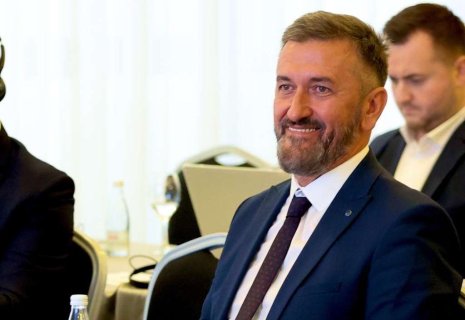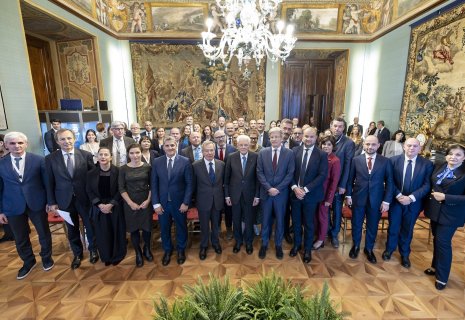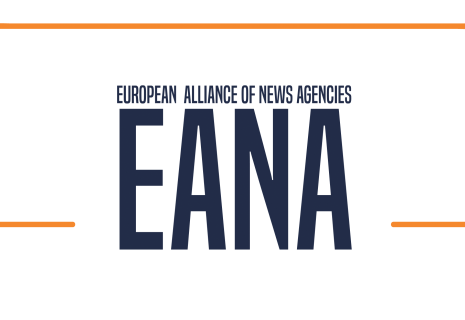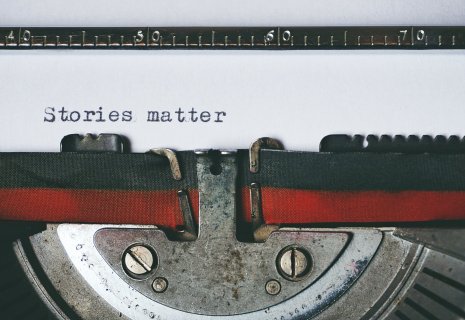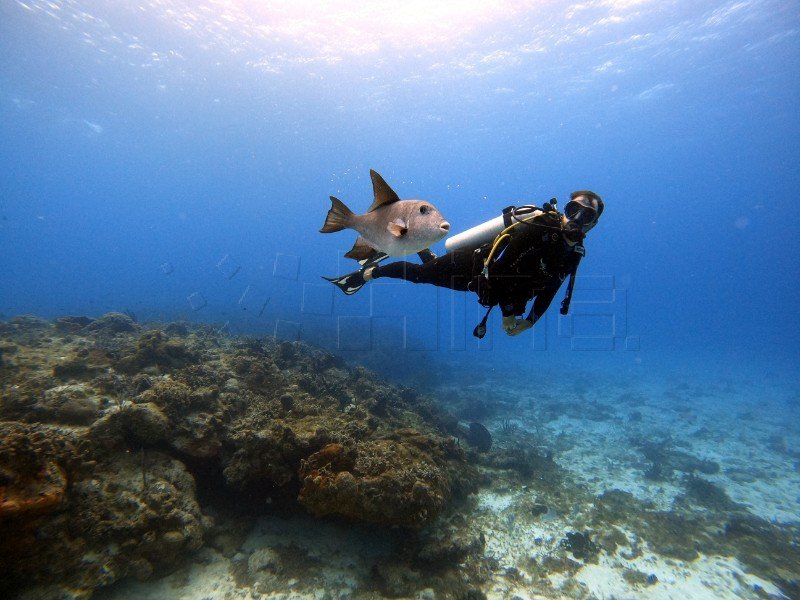
Aquaculture anchors Croatian economy with record growth
Although Croatia has stabilised its fish production, mainly thanks to significant investments in new technologies, problems still persist in the fisheries sector, with climate change and market disruptions being the biggest challenges, a conference was told.
Dragan Kovačević, Vice-President of the Croatian Chamber of Commerce (HGK) for Agriculture and Tourism, said that aquaculture is one of the promising economic sectors with significant exports, which have been accompanied by strong investments, CE Report quotes HINA.
"Investments have been made, especially in new technologies, innovations and food processing capacities. Over the past ten years, tuna production has stabilised at 3,000 tonnes per year, which is entirely exported to the Japanese market. As for the gilthead bream and European seabass, we have more than doubled production, so we can say that in mariculture we produce around 23,000 tonnes annually, with the gilthead bream and seabass being primarily exported to the markets of Italy, Slovenia, Austria and Germany," Kovačević said at the 15th International Aquaculture Conference, which is being held in the eastern city of Vukovar until Friday.
When it comes to freshwater aquaculture, the most significant production is that of carp, which accounts for over 60%, followed by trout, which makes up around 12% of total production.
"We produce enough carp, while with domestic trout, we meet about 50% of domestic demand, and the rest, around 500 tonnes, we import," Kovačević said, adding that production has stabilised at between 3,500 and 4,000 tonnes of freshwater fish annually.
However, he noted that although the fish production sector in Croatia is achieving good export results, there are still a lot of problems that need to be considered in the context of climate change, the green transition and the increase in animal welfare standards. According to him, in 2024, there was also a significant increase in the price of fish feed and labour, and competition is also growing, particularly from North Africa.
Croatian aquaculture is growing significantly
"As for the balance, it is still positive in fisheries as we export around €300 million worth and import about €296 million. However, last year was problematic due to the disruption in the tuna market in Japan. This year we tested the US market, seeking an alternative to the Japanese market, but this is a new market with new challenges, and the newly introduced tariffs won’t help us either," Kovačević said, noting that Croatia, with a consumption of 24 kilograms of fish per capita, has finally exceeded the EU average. He believes this is likely due to the "Fish of Croatia – Eat What’s Worth It" campaign by the Ministry of Agriculture and the HGK.
According to Ivan Matijević, State Secretary at the Ministry of Agriculture, Forestry and Fisheries, €4.8 million was allocated in state subsidies for aquaculture last year alone. "For the period from 2021 to 2027, we have €382 million available, of which €62 million is secured for sustainable activities, meaning that Croatian aquaculture is growing significantly," he said, noting that this is evident from the fact that, over the past ten years, Croatia has seen an increase in production by 111% in volume and 180% in value.



















